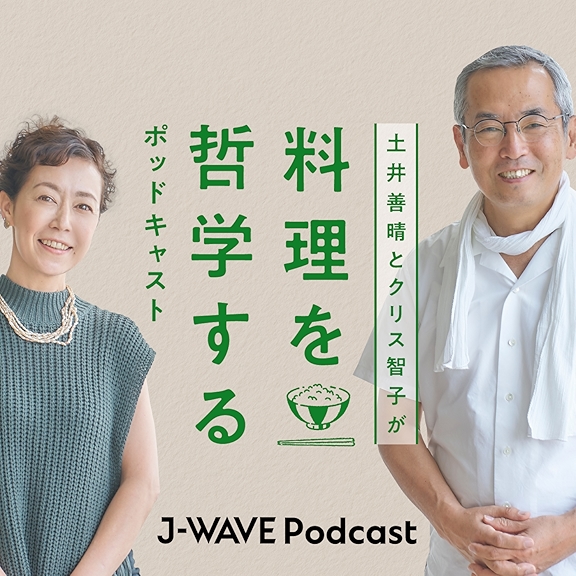
Fact or Cap? The realities of intuition vs validation in Industrial Design
Questions we cover in this episode
1- Industrial Designers do human factors testing and ethnographic research to drive all their decisions.
- When is it appropriate to let intuition trump validation? Is validation always necessary?
- We always hear about how prospective employers are looking for “good decision making skills” in student portfolios. What the heck does that even mean and how the heck do we show that we’re good at making decisions in our design work? Is that just subjective or can we establish some ground rules?
2- Industrial Designers are expected to perform life cycle analysis on products under development.
- How do we balance sustainability and time constraints for production? Especially consumer electronics product dev, it’s like a flash in the fire. So LSA is usually glazed over, especially with smaller startups that aren’t held to the same scrutiny as big corporations.
3- A design grounded in research findings is the best solution that should always be pursued.
- In the long run, is it more helpful for one’s career growth to make a habit of presenting very solid, research based (or very intuitively grounded) solutions or do we think that being a designer that regularly pushes the envelope by presenting ideas waaay out in left field that you’ll see quicker gains in notoriety and skill?
4- Industrial Designers regularly are carving foam in the shop to create mockups.
5- Industrial Designers who sketch well are better at communicating ideas.
6- Working at a design consultancy right after graduation is the best way to polish a wide variety of skills.
7- Working for a name brand company developing their own products means you’ll design only one thing and your creative diversity is limited.
8- The best way to move up the career ladder is to spend a good amount of time in one place to specialize. TS- Unfortunately no. Most designers will find that the only way to move up is to get out. My experience has been that in spades.
9- You studied ID, but will likely spend most of your time creating graphics for presentations and marketing collateral to promote products.
About Tony Shoemaker:
Tony has been in various roles, across the country, in the ID industry for over 25 years. He came to Milwaukee Tool after 10 years with Sears, working for over 8 years in the Kenmore Brand unit, and 1 ½ years in the Craftsman team. Prior to Sears, Tony worked in consultancies such as Bally Design in Pittsburgh, and Ignition in Dallas. His experience includes medical design, toys, communications equipment, consumer electronics, housewares, packaging, graphic design, retail, and exhibit design.
Once described by a mentor as a “thoroughbred” designer, Tony has always sought to absorb as much information from the world as he can. He seeks odd knowledge and the synergy between its crossings to create those “ah-ha!” moments key to the design process. Just as comfortable in a pile of parts and shop dust as at his desk sketching fervently, Tony is a self-described “mad designer,” a hybrid of a Mythbuster and a Concept Artist. His real energy comes out when recognizing the human link to a concept’s genesis. He strives for those moments that are genuinely transformative to his work.
LINKS:
Support The Variable
www.patreon.com/thevariabledesign
WEBSITE: www.thevariable.design
UPCOMING EVENTS: https://www.thevariable.design/qna
NOMINATE STUDENTS FOR SPOTLIGHT: https://www.thevariable.design/spotlight
BLOG: https://www.thevariable.design/podcast




















